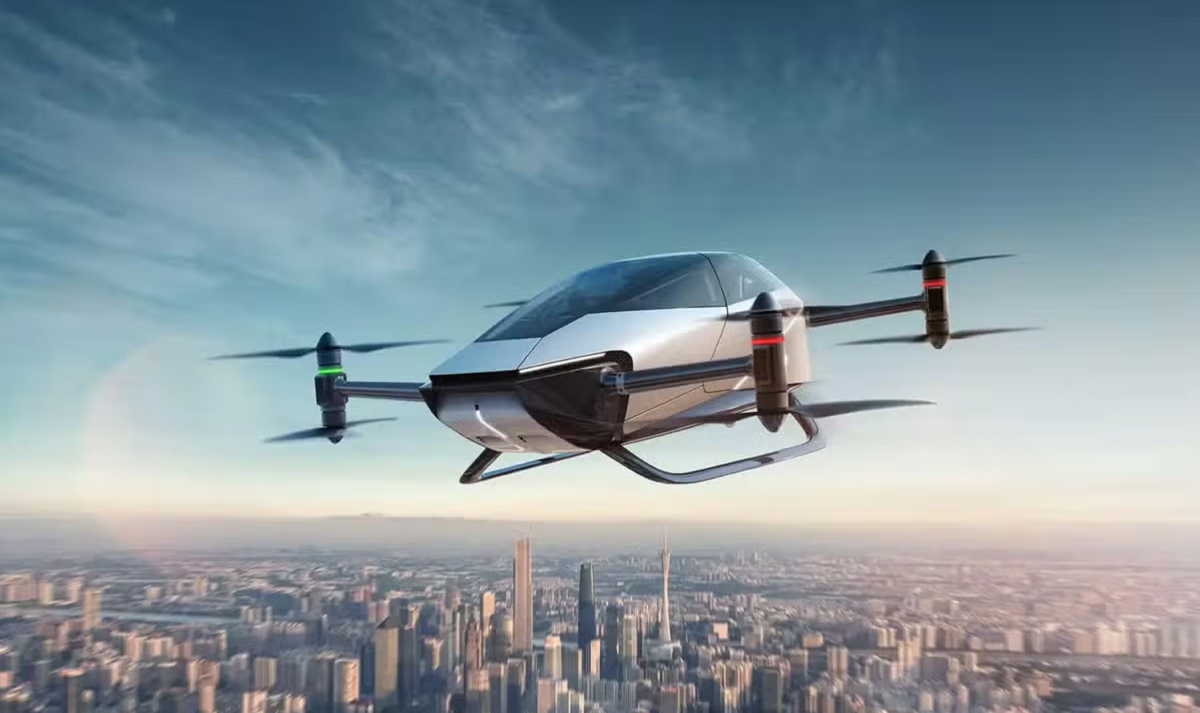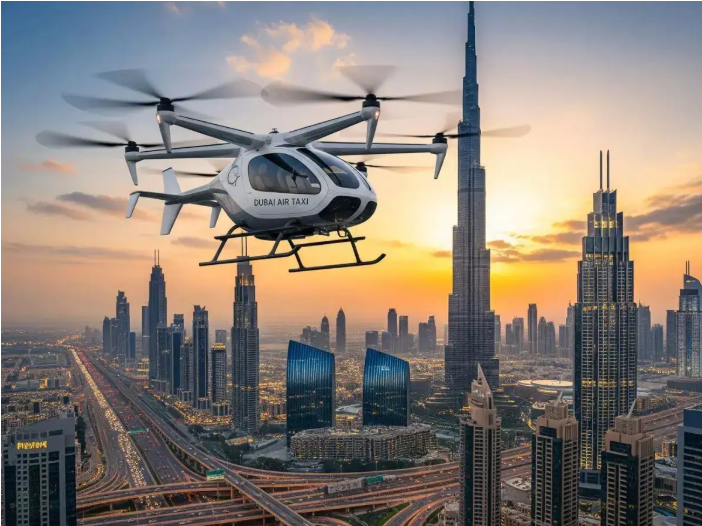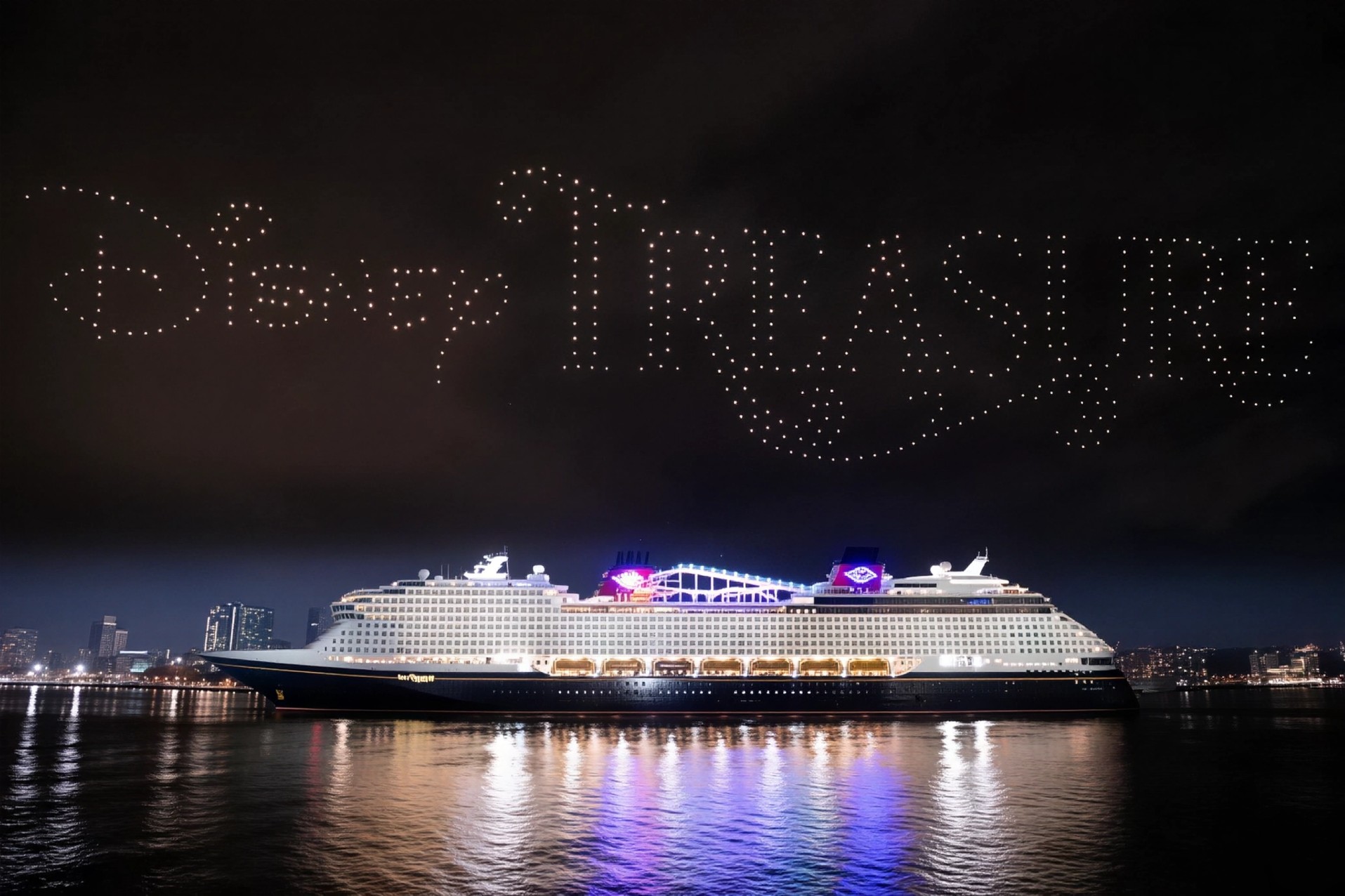Dubai is no stranger to pushing the boundaries of innovation. From the world’s tallest buildings to AI-powered police bots, the city constantly embraces the future faster than most places on the planet. Now, it is setting its sights on the skies. Starting in 2026, Dubai plans to roll out its first fleet of flying taxis that could dramatically reshape how residents and visitors navigate the city.

These flying taxis will use electric vertical takeoff and landing aircraft, known as eVTOLs, developed by California-based company Joby Aviation. Designed for short-distance city travel, these electric aircraft aim to cut down commuting time, particularly in Dubai’s busiest areas where road traffic can often be overwhelming.
One of the first routes expected to launch will connect Dubai International Airport to Palm Jumeirah. While the journey usually takes around 45 minutes by car during peak hours, the flying taxi service is estimated to cover the same distance in just 12 minutes. This could make catching flights or reaching your hotel far more convenient, especially during the city’s high-tourism seasons.
Dubai is developing four main vertiports as part of this initial phase. These dedicated takeoff and landing zones will be located at Dubai International Airport, Downtown Dubai, Palm Jumeirah, and Dubai Marina. Each location has been carefully selected to cover high-demand regions that attract both business travelers and tourists. The first vertiport at the airport is already under construction and is expected to be ready by early 2026.
Passengers will be able to book flights through a mobile application that mirrors existing ride-hailing apps. In fact, because Joby Aviation is a global partner of Uber, the flying taxi service is expected to be integrated directly into the Uber platform. This means that booking an air taxi could be as easy as ordering a car, with users able to schedule rides, track aircraft, and make payments all in one place.
As with any bold new transportation technology, pricing will be a key factor. Early estimates suggest that a single ride may cost around 75 US dollars, placing it in the premium range of current ride-hailing services. For travellers in a hurry or those seeking a luxurious experience, the convenience may justify the price tag.
However, excitement is only part of the conversation. As these air taxis prepare to take off, several concerns are being raised about their environmental footprint. While the aircraft are electric, the sustainability of the service depends heavily on the source of electricity used to charge the batteries. If the power comes from fossil fuel-based energy, the benefit to the environment becomes far less convincing.
Moreover, producing the batteries that power eVTOL aircraft requires materials like lithium, cobalt, and other rare earth elements. These materials often involve mining practices that can harm ecosystems, contaminate water sources, and deplete already scarce natural resources. The extraction of lithium, for example, is a water-intensive process that can negatively impact regions already dealing with water scarcity.

The introduction of flying taxis also brings up questions about urban noise pollution, airspace management, and infrastructure needs. With more aircraft operating in low urban airspace, regulators will need to address how to ensure safety, privacy, and equal access for all residents. It is also unclear how the city will balance this innovation with its long-term climate goals.
Despite the challenges, Dubai’s move toward flying taxis signals a new era in urban mobility. If executed carefully, it could pave the way for similar models across other global cities. But it is equally important that the excitement around futuristic travel does not overshadow the need for responsible innovation.
The sky may soon become a part of everyday commuting in Dubai. But whether it becomes a sustainable leap forward or another luxury add-on for a few will depend on how the city handles its environmental and infrastructural responsibilities in the coming years.
Follow Travel Moves on Instagram and Facebook to stay updated on the future of urban travel, destination tips, and smart transport innovations from around the world.








